It is sad to realize this, but 75% of accidents occur due to the fault of drivers. The reasons are different, the result, as a rule, is one - there are victims. In order to prove in court the harm to the victim, a visual inspection is not enough. Documentary evidence required. A forensic examination in an accident is carried out in order to find out how a citizen received damage: during an accident or at home.
Determining the circumstances of an accident
The accident occurs with the participation of the following parties:
- One car - in the event of a collision, capsize and other similar situations.
- Vehicle and pedestrian - collision, passenger fall.
- Two cars and more.
- A complex accident involving several vehicles and pedestrians.
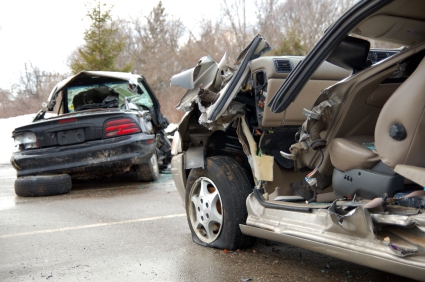 In any of the above cases, there may be a victim who received serious bodily harm or died.
In any of the above cases, there may be a victim who received serious bodily harm or died.
To clarify all the circumstances, the experts conduct a thorough examination of the scene of the accident, the vehicle and interview witnesses. But first of all, they provide medical assistance to the victim of an accident or inspect a corpse if the victim dies.
Forensic examination after an accident is carried out at the end of the treatment of the victim, if he survived. In the case of therapy, the duration of which is not determined, an assessment of the severity of harm to health is made during treatment.
Survey
In order to begin the examination, you must go forensic medical examination. This procedure is a necessary step in the investigation of a traffic accident. Referral to the QS is issued by the investigator or judge. You can also independently apply for an examination, but this will already be on a paid basis.
The expert must make a conclusion about the presence of abrasions, bruises, fractures, as well as their localization. The nature of the damage and the estimated time of occurrence are also indicated. Forensic examination in case of an accident is carried out only if this document is available.
The inspection certificate uses materials from the inspection of the scene of the incident and the victim. The medical practitioner's opinion is based on research ambulatory card patient and data from the ambulance station.
Definition of grave consequences
Upon receipt of the QS act, a decision to conduct a forensic medical examination follows. This procedure differs from the previous one in that the expert, in addition to the basic medical opinions, makes a decision on the severity of the damage to health.
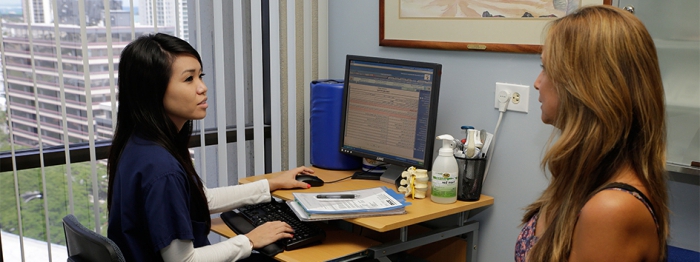 The forensic examination center conducts an independent study in which the doctor who examined or treated the victim cannot participate. The specialist identifies injuries that determine the degree of harm caused. Severe consequences include:
The forensic examination center conducts an independent study in which the doctor who examined or treated the victim cannot participate. The specialist identifies injuries that determine the degree of harm caused. Severe consequences include:
- Persistent loss of ability to engage in general or professional activities.
- Partial or complete loss of sensory function.
- Acquisition of mental disorders or diseases related to drug addiction.
- Abortion.
- Disfigurement of the face (established irreversibility of injury).
Other effects
An independent forensic examination will also reveal an average (health disorder lasting more than 21 days) and a mild degree (less than 3 weeks) of traumatic consequences. In the event that examination of the patient is not possible, experts work with medical data (cards, x-rays, records, photographs of injuries), which should be exhaustive.The conclusion is used in court to consider claims for damages to the victim.
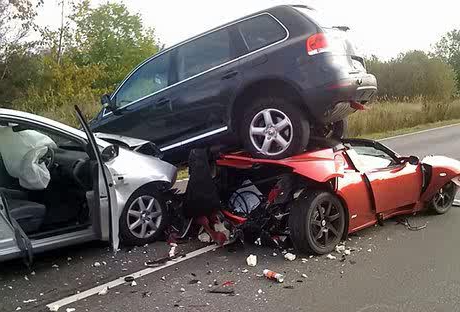 In the event that a person died during an accident or hospitalization, an examination is also carried out. The corpse is inspected for the presence of characteristic damage that could have been received only in the event of a collision with a car or being in a vehicle.
In the event that a person died during an accident or hospitalization, an examination is also carried out. The corpse is inspected for the presence of characteristic damage that could have been received only in the event of a collision with a car or being in a vehicle.
The essence of research
Forensic examination in an accident determines not only the severity of the harm caused, but also other factors:
- The presence in the body of poisonous, narcotic, medicinal and other substances.
- The position of the body during an accident.
- Which vehicle could be injured.
- Whether the onset of consequences (injury or death) occurred as a result of an accident or for another reason.
These provisions are reflected in the conclusion and can serve to refute or prove the guilt of a participant in an accident.
Inability to conduct research
The forensic examination center may, if necessary, request medical documents or refer the victim to hardware and other types of examinations at health facilities.
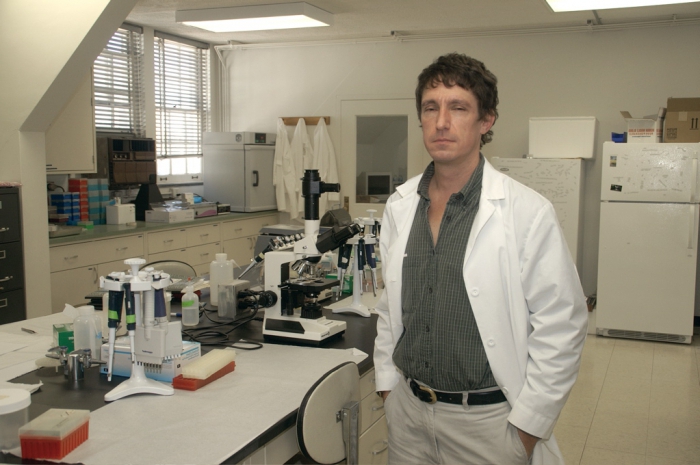 The expert’s opinion is the only document of probative value in court. The independent nature of the research makes it possible to objectively assess damage to health and identify the causes of harm.
The expert’s opinion is the only document of probative value in court. The independent nature of the research makes it possible to objectively assess damage to health and identify the causes of harm.
The severity of the consequences cannot be identified in the following cases:
- The causes of injuries are implicit.
- An insufficiently complete study has been conducted.
- There are no necessary medical documents.
- The victim refuses to be examined.
In these cases, new periods of forensic examination are determined, which are necessary to confirm damage to health.
An examinee who is not in custody may demand reimbursement of expenses for various examinations and studies.
Death of an incident participant
The body of the victim is examined at the scene of an accident. The condition of clothing and its location on the body are recorded in the inspection protocol. Particles of fuels and lubricants, car paint, as well as traces of protectors on the body of the deceased and next to him are investigated.
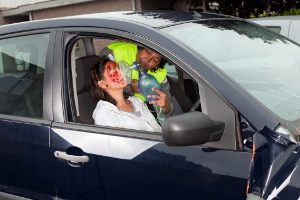 A forensic examination in an accident, in the event of the death of one or more participants in the incident, is carried out by the court or by the decision of the investigator. The purpose of the procedure is to study not only such injuries that led to the death of the victim, but also those that are completely uncharacteristic of the transport accident. An accident in this case may conceal another crime related to grievous bodily harm or by killing.
A forensic examination in an accident, in the event of the death of one or more participants in the incident, is carried out by the court or by the decision of the investigator. The purpose of the procedure is to study not only such injuries that led to the death of the victim, but also those that are completely uncharacteristic of the transport accident. An accident in this case may conceal another crime related to grievous bodily harm or by killing.
The initiators of a forensic medical examination can be both the investigating authorities and the relatives of the deceased. Claims for non-pecuniary damage and the costs of examination are also relevant.
By law, such events do not have a limitation period. Applications can be accepted by the court and satisfied in full (depending on the circumstances of the case).
Prohibited Methods During Examination
 Forensic examination after an accident is of great importance for clarifying the circumstances of the case. That is why it is forbidden to carry out during the procedure actions that could destroy evidence of harm to health or complicate the condition of the victim:
Forensic examination after an accident is of great importance for clarifying the circumstances of the case. That is why it is forbidden to carry out during the procedure actions that could destroy evidence of harm to health or complicate the condition of the victim:
- Innovative operational techniques that have not passed the necessary tests.
- Medicines, methods of diagnosis and prevention at the development stage.
- Threats, violent acts and deceit against the victim.
Types of research and legal framework
There are varieties of expertise for the participation of specialists in it:
- Commission - research is carried out by several experts in the same field. The conclusion of the forensic medical examination is made collectively. If there is disagreement between the experts on the basis of results, each of them must justify his decision in a separate document.
- Integrated - the decision is made by experts of different specialties. The conclusion shall indicate the studies conducted and the decisions made by each of them.
In the event that the victim (or the other party) does not agree with the conclusion or if new circumstances of the case that require investigation are clarified, a repeated forensic examination after an accident is carried out. The procedure is entrusted to another specialist. The requirements for it are similar to primary studies.
There is also additional expertise. It differs from the repeated procedure only in that it can be performed by the same specialist as for the first time.
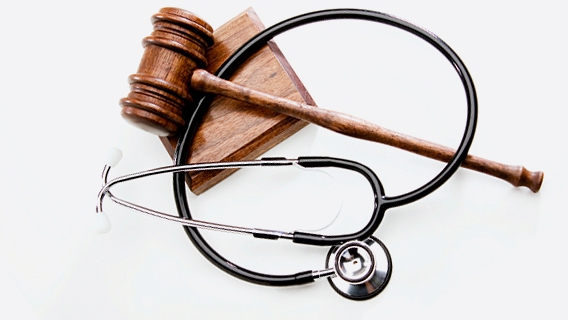 The law regulates the conduct of various kinds of studies of the state of health and the assessment of the severity of the consequences, as well as directly the work of an expert and the procedure for providing an opinion in a court session with articles 195-201 and 203-207 of the Code of Criminal Procedure of the Russian Federation. The timing of a forensic examination is not defined by law.
The law regulates the conduct of various kinds of studies of the state of health and the assessment of the severity of the consequences, as well as directly the work of an expert and the procedure for providing an opinion in a court session with articles 195-201 and 203-207 of the Code of Criminal Procedure of the Russian Federation. The timing of a forensic examination is not defined by law.
According to article 205 Code of Criminal Procedure, an expert can be questioned in court when considering a case on the merits only after providing them with an opinion on the procedure.








